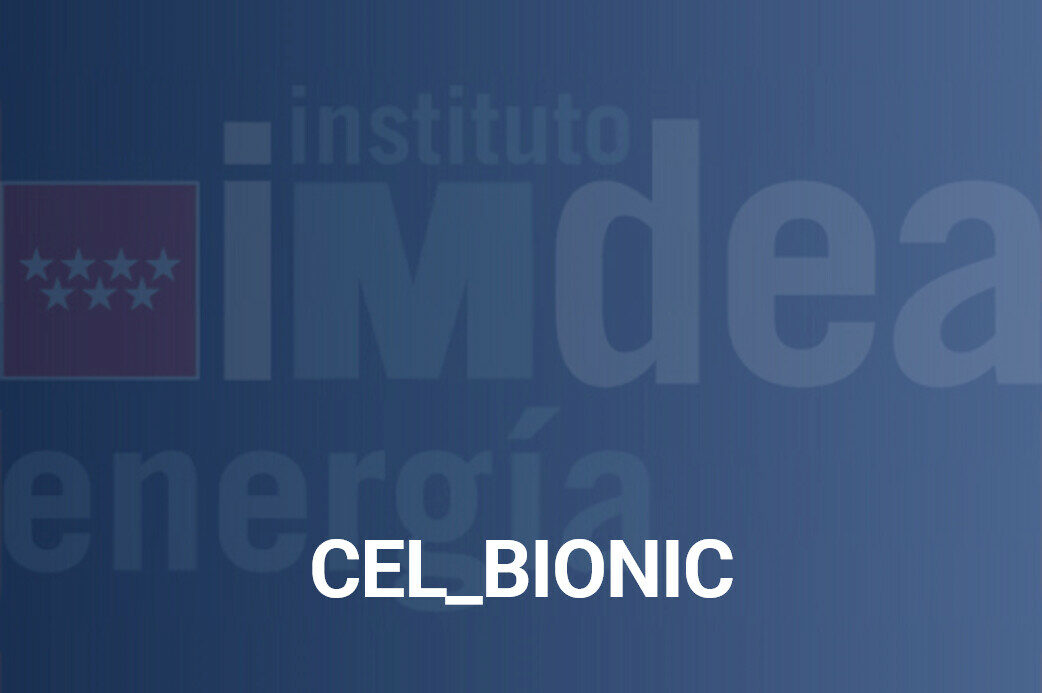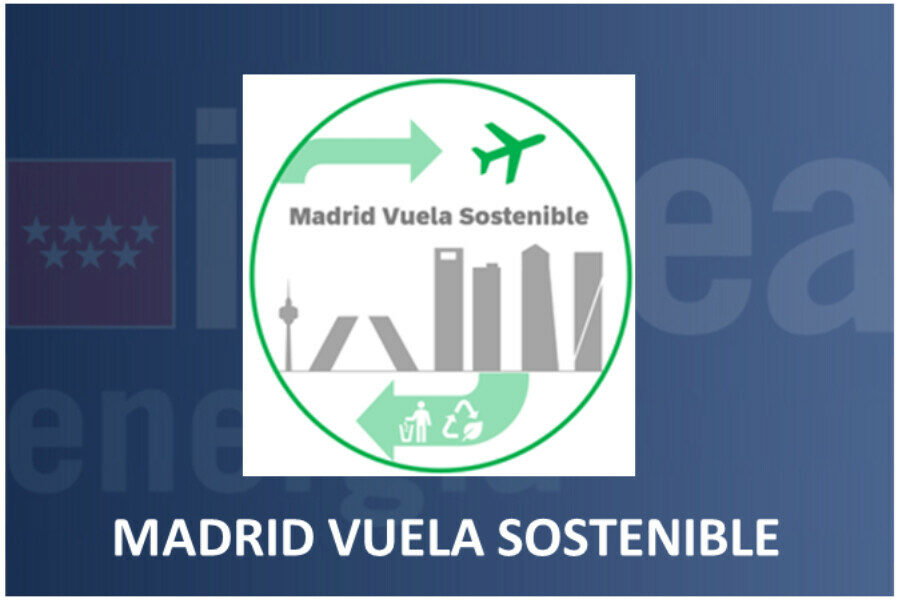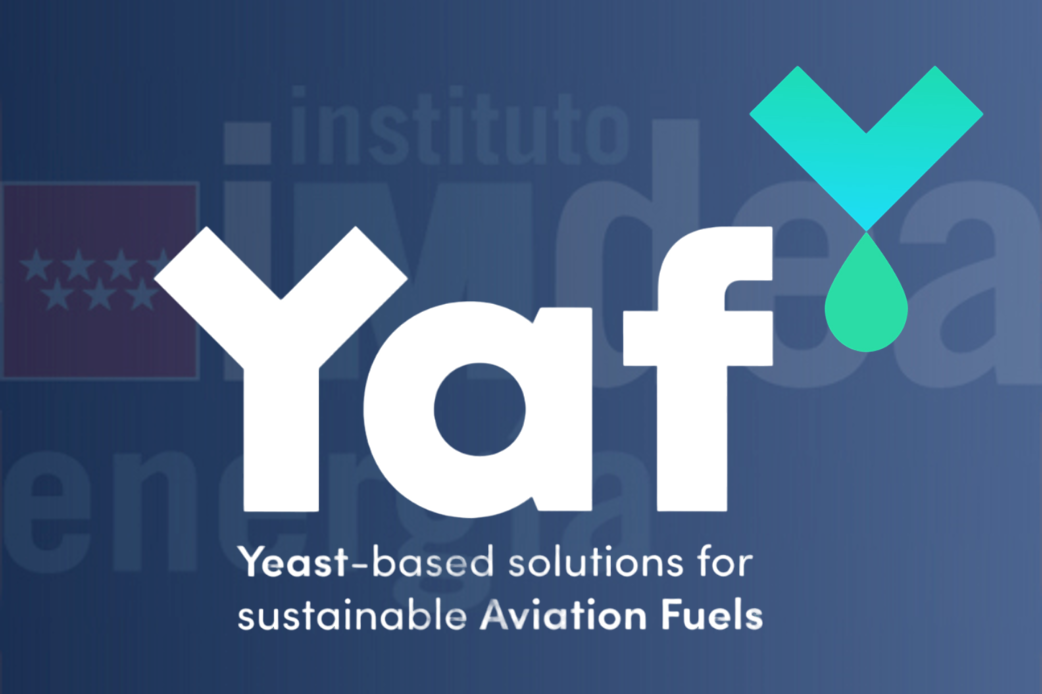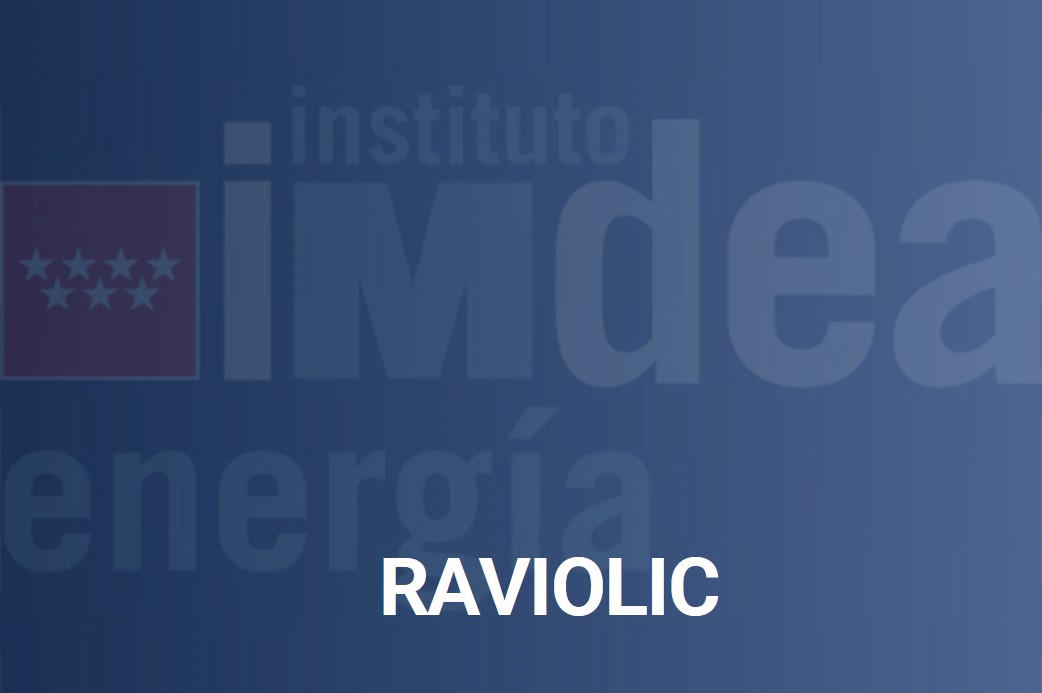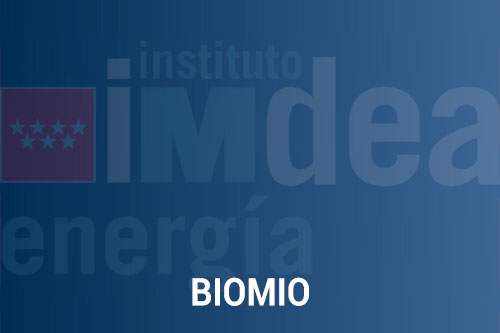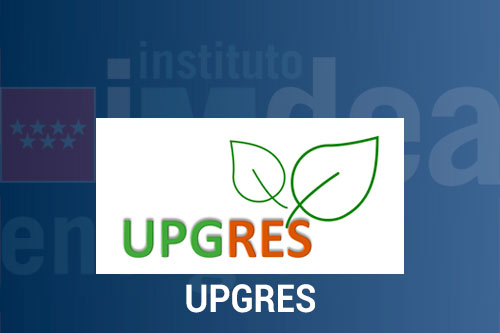R&D lines
Unit of Biotechnological processes for energy production
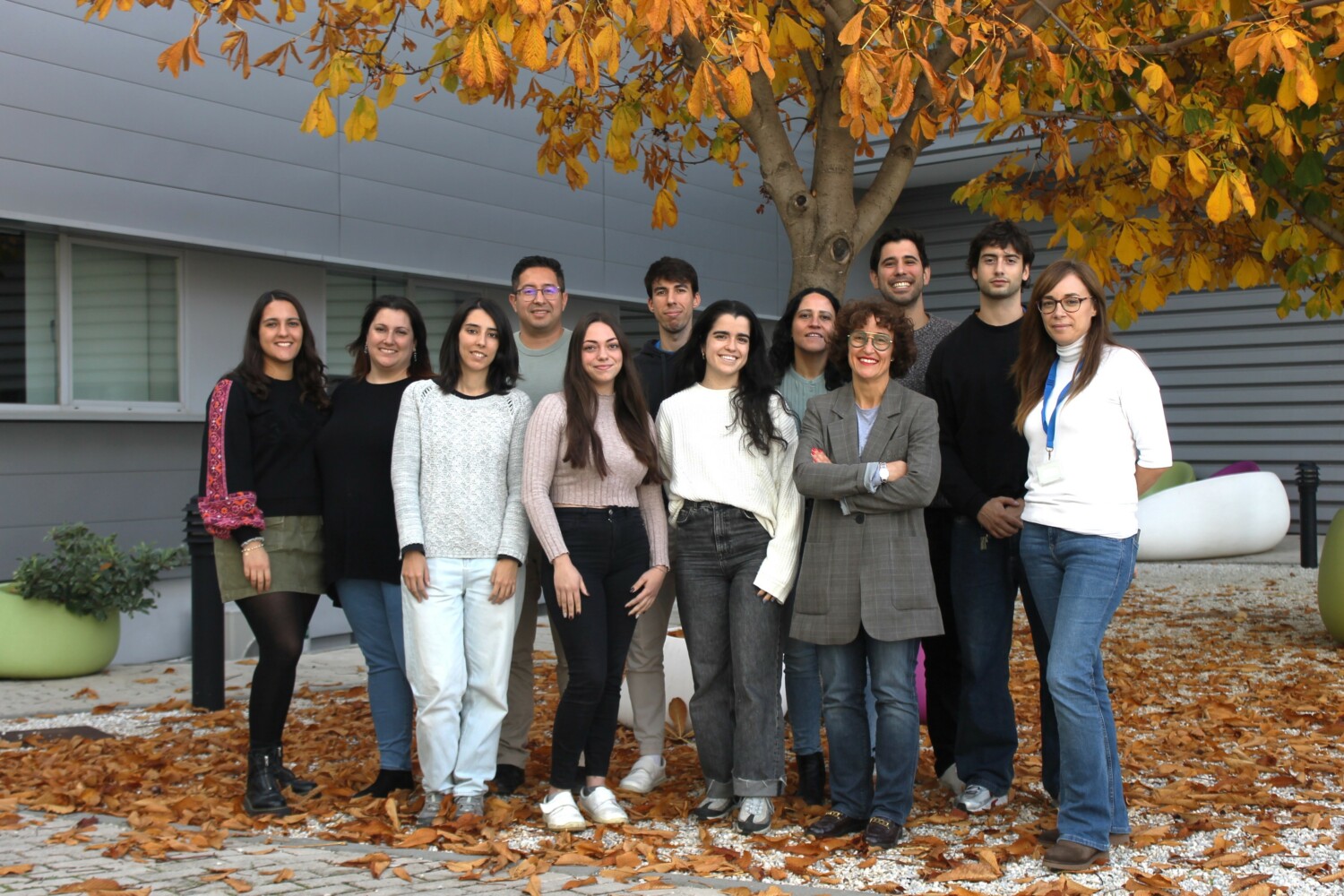
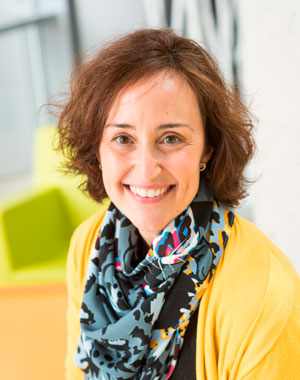
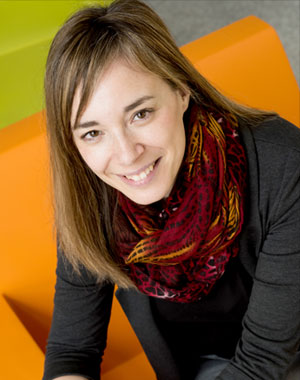
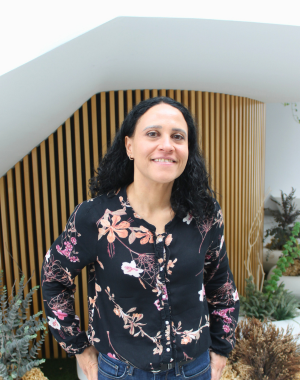
In the Biotechnological Processes Unit we work essentially on the production of biofuels and bioproducts through the development of biological processes using different residual substrates and different microorganisms depending on the product we want to obtain.
Research lines
- Microalgae upstream processes: microalgae and aerobic bacteria consortia for wastewater treatment.
- Microalgae downstream processes: short chain fatty acids (SCFAs) production via anaerobic fermentation.
- Anaerobic fermentation of waste streams for SCFAs and biogas production.
- Microbial oils production from the carboxylic platform (SCFAs).
- Lignocellulose-based biofuels and bioproducts.
Facilities
The unit has several laboratories and a modern pilot plant for the cultivation of photosynthetic microorganisms in photobioreactors, which allows us to optimise and scale up the cultivation of microalgae. We also have an anaerobic reactor with a volume of 50 litres, which also allows us to scale up fermentation processes.
R&D projects
Last publications
- Long hydraulic retention time mediates stable volatile fatty acids production against slight pH oscillations. Gonçalves, M.J.; González-Fernández, C.; Greses, S. Waste Management, 2024, 176, pp. 140–148. https://doi.org/10.1016/j.wasman.2024.01.012
- Coupling dark fermentation and microbial electrolysis cells for higher hydrogen yield: Technological competitiveness and challenges. Srivastava, P.; García-Quismondo, E.; Palma, J.; González-Fernández, C. International Journal of Hydrogen Energy, 2024, 52, pp. 223–239. https://doi.org/10.1016/j.ijhydene.2023.04.293
- Effect of decoupling hydraulic and solid retention times on carbohydrate-rich residue valorization into carboxylic acids. Lago, A.; Greses, S.; Aboudi, K.; Moreno, I.; González-Fernández, C. Scientific Reports, 2023, 13(1), 20590. https://doi.org/10.1038/s41598-023-48097-2
- Production of short-chain fatty acids (SCFAs) as chemicals or substrates for microbes to obtain biochemicals. Tomás-Pejó, E.; González-Fernández, C.; Greses, S.; Müller, B.; Passoth, V.; Biotechnology for Biofuels and Bioproducts, 2023, 16(1), 96. 10.1186/s13068-023-02349-5
- Microbial co-cultures for biochemicals production from lignocellulosic biomass: A review. Llamas, M.; Greses, S.; Magdalena, J.A.; González-Fernández, C.; Tomás-Pejó, E. Bioresource Technology, 2023, 386, 129499 https://doi.org/10.1016/j.biortech.2023.129499
- Genome-centric metagenomics revealed the effect of pH on the microbiome involved in short-chain fatty acids and ethanol production. Greses, S.; De Bernardini, N.; Treu, L.; Campanaro, S.; González-Fernández, C. Bioresource Technology, 2023, 377, 128920. https://doi.org/10.1016/j.biortech.2023.128920
- Phosphate limitation as crucial factor to enhance yeast lipid production from short-chain fatty acids. Morales-Palomo, S.; Tomás-Pejó, E.; González-Fernández, C. Microbial Biotechnology, 2023, 16(2), pp. 372–380. https://doi.org/10.1111/1751-7915.14197
- Cutaneotrichosporon curvatum and Yarrowia lipolytica as key players for green chemistry: efficient oil producers from food waste via the carboxylate platform. Tomás-Pejó, E. Morales-Palomo, S. González-Fernández, C. Bioengineered, 2023, 14(1), 2286723. 10.1080/21655979.2023.2286723
- Hydraulic Retention Time as an Operational Tool for the Production of Short-Chain Carboxylates via Anaerobic Fermentation of Carbohydrate-Rich Waste. Aboudi, K.; Greses, S.; González-Fernández, C. Molecules, 2023, 28(18), 6635. https://doi.org/10.3390/molecules28186635
- Key role of fluorescence quantum yield in Nile Red staining method for determining intracellular lipids in yeast strains. Morales-Palomo, S.; Liras, M.; González-Fernández, C.; Tomás-Pejó, E. Biotechnology for Biofuels and Bioproducts, 2022, 15(1), 37. https://doi.org/10.1186/s13068-022-02135-9



